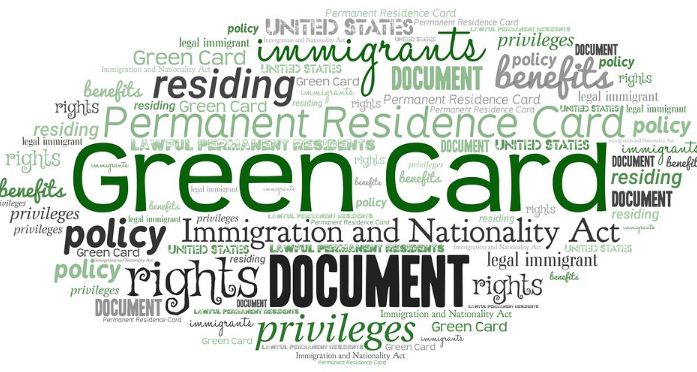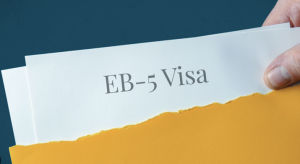The U.S. immigration process can be confusing, complicated, and overwhelming. The options for becoming a permanent resident are plentiful, including family-based petitions, employment-based petitions, and refugee status. But what about consular processing? What is it? This article will teach you about the basics of consular processing and how to go about it if you choose that route.
Confirm If You Are Eligible For a Green Card
Before getting started on the green card application process, you must understand if you are eligible. There are two ways to get a green card through a family-based petition. The first is to apply with your spouse. The second way is to apply on your own. Keep in mind that this is where the hard work begins. You need to have a job and to have your employer complete Form I-140. While this process is more complicated, it is easier to navigate and can be done in the U.S.
Once you meet these two requirements, you will be referred to another agency, the Department of State, as a Prospective Resident. The agency’s purpose is to determine if you meet all the criteria for applying for permanent residency through the U.S. Consular Process.
File the Petition
If you are a citizen or national of the United States, you may file a petition for a visa for a fiancée, spouse, or child. The requirements are relatively straightforward; the most important is that you must file a petition before you travel. Note that the reasons for filing a petition vary from country to country, and you must check with your country’s embassy or consulate to find out the specifics. Also, be aware that some countries do not allow petitions without a passport or birth certificate.
Give It Time for the USCIS to Determine Your Petition
Once you file your petition for a green card, your case will be processed through the U.S. Citizenship and Immigration Services (USCIS). Your petition for the green card can take around three years or more to be adjudicated. Consular processing can take between four to six months. The consular processing is often quicker because of the timeliness of the situation with your temporary resident visa. However, that does not mean that you should rely on this fast-track option. It is often used to save time in the applicant’s life but should not be relied on to speed up your processing through USCIS.
Go For Consular Visa Interview
If your petition is accepted, you will be taken through Consular Visa interviews as a potential immigrant from another country to determine whether you are eligible to immigrate to the United States and become a legal permanent resident. This differs from refugee/ processing when someone is already in the United States seeking refuge from another country.
Get Your Visa to Prepare For Travel
When you first apply for a visa, you can expect to receive a package containing all the paperwork you’ll need to apply, along with all the forms you can use to apply, such as the I-129. This package also includes an application for a passport.
Receive Your Green Card
Once you have completed all the application requirements, you need to pick your green card. That is all there is to it.
Consular processing is where a resident of the United States seeks to bring a close relative to the U.S. Petition process is very common on these family petitions and will allow you to get your spouse, minor child, parent, and grandparent. However, to file a petition, you must prove to the U.S. that you can support the dependents financially.





Be First to Comment